Customer success is really having its moment right now. Companies are waking up to the fact that sales, support and account management don’t quite fit the bill for subscription-based businesses; there needs to be a dedicated team to showcase value and identify expansion opportunities.
And hiring the right Head of Customer Success? Well, that’s crucial for any organization looking to enhance customer satisfaction, reduce churn, and drive growth.
This comprehensive guide presents 19 key interview questions designed to assess candidates for this vital role. Each question is accompanied by:
- The aim of the question
- Key skills being assessed
- An example answer
- A resource
Whether you're a hiring manager crafting your interview strategy or a candidate preparing for an interview, this article will serve as an invaluable resource.
Without further ado, let's dive into these questions and explore what it takes to excel as a Head of Customer Success.
1. Can you talk us through some of the automations you’ve implemented in your current role?
Aim: To assess the candidate's experience with improving efficiency through automation. This question helps determine if the candidate can leverage technology to streamline processes, reduce manual workload, and enhance productivity. With the rise in AI and the pressure to “do more with less,” this question will gauge how successful they will be at applying human-touch CS at scale. Understanding their approach to automation provides insight into their problem-solving abilities and technical proficiency, which are crucial for scaling customer success operations.
Key skills assessed: Technical knowledge, process improvement, and innovation.
Example answer: "At my previous company, I implemented several key automations to streamline our customer success processes. One significant project was setting up an automated onboarding email sequence using Intercom. This reduced our manual workload by 30% and ensured consistent communication with new customers. Additionally, I developed a health score system in Gainsight to proactively identify at-risk accounts, allowing us to intervene before issues escalated. These automations improved our overall customer satisfaction scores by 15% and saved countless hours of manual work."
Follow-up: "Can you provide an example of an automation that didn’t work as expected? What did you learn from that experience?"
Resource: Beyond the Bot: AI in Customer Success eBook
%20(1).jpg)
2. You mentioned on your resume that you achieved a renewal rate of 95%. Can you talk us through your role in this?
Aim: Retention is the biggie when it comes to CS. Ask this question to understand your candidate's strategy for maintaining high levels of customer retention. This question delves into their ability to create and execute effective retention strategies. How your candidate answers this question will reveal their confidence as a leader. If they’re able to rally a team toward common goals, and demonstrate a capacity to use data and customer feedback to drive decision-making, you might just have hit the jackpot!
Key skills assessed: Customer retention strategies, leadership, and data-driven decision-making.
Example answer: "Achieving a 95% renewal rate certainly was a team effort – I can’t take full credit for it by any means. That said, the part I played in developing and implementing the strategy was critical. First, we created a comprehensive customer health dashboard that allowed us to identify at-risk accounts early. I then instituted a proactive outreach program where we engaged with customers quarterly to ensure they were achieving their desired outcomes. We also implemented a voice of the customer program to gather feedback and make product improvements based on customer needs. Lastly, I worked closely with our product team to develop a roadmap that aligned with our customers' long-term goals, which significantly improved our value proposition at renewal time."
Follow-up: "Can you give an example of a specific customer you saved from churning and the steps you took to avoid that outcome?"
Resource: How to increase your customer retention rate
3. In this role you’ll be managing four CSMs. What does your current CS team look like?
Aim: Someone who doesn’t understand the way a team functions, the strengths and weaknesses of said team, isn’t likely to be a good fit. This question, albeit a fairly simple and non-interrogative one, is important to gauge the candidate's experience in managing and structuring a CS team. This question evaluates their ability to build and lead a team, including resource allocation and organizational skills. It provides insights into how they prioritize roles and responsibilities within their team to ensure optimal customer support and satisfaction.
Key skills assessed: Team management, organizational skills and resource allocation.
Example answer: "My current CS team consists of nine members structured into three tiers. We have four Customer Success Managers who handle our day-to-day client interactions and relationship management. Two Senior CSMs who focus on our enterprise accounts and complex customer needs. We also have one CS Ops Manager who handles our data, reporting, and process improvements. As the second in command of the department – second to our VP – I oversee all these roles and work closely with other departments to ensure alignment and customer-centricity across the organization."
Follow-up: "How do you handle performance issues within your team? Can you provide an example?"
Resource: Building a Customer Success Team Certification

4. How would you represent the voice of the customer to senior leadership?
Aim: Getting an idea of how the candidate would interact with leadership is essential. Ask this question to assess your candidate's ability to advocate for customers at a high level. It’s a nice, multi-layered query that examines their communication skills, especially their ability to present data-driven insights compellingly. Plus, it also looks at their strategic thinking in aligning customer needs with business objectives to influence senior leadership decisions.
Key skills assessed: Communication, data presentation, and strategic thinking.
Example answer: "To represent the VoC to senior leadership, I’ve always believed in a data-driven approach combined with compelling storytelling. I would do what I’ve done before in other roles – regularly compile key customer feedback, satisfaction scores, and usage data into a concise dashboard. During meetings with senior leadership, I'd present this data along with specific customer stories that illustrate broader trends or pain points. I'd also prepare recommendations based on this information, tying them directly to business outcomes like retention, upsells, or new feature adoption. When you consistently bring customer insights to the table and show their impact on the company’s bottom line, I've found senior leadership becomes way more invested in customer-centric decision making."
Follow-up: "Can you share a time when your insights led to a significant change in company strategy?"
Resource: How to create an effective voice of the customer program

5. How do you keep abreast of customer wants and needs?
Aim: Any good Head of CS will have tried and tested methods for staying informed about customer requirements. This question focuses on their proactive communication strategies and analytical skills. It reveals their commitment to a customer-centric approach and their ability to gather and interpret customer data to anticipate needs and drive continuous improvement.
Key skills assessed: Customer-centric mindset, proactive communication, analytical skills
Example answer: "Staying on top of customer wants and needs is crucial in this role. I employ a multi-faceted approach. First, I encourage regular check-ins between our CSMs and customers, ensuring we're always up-to-date on their evolving needs. We also conduct quarterly surveys to gather structured feedback. I personally hold monthly meetings with our top accounts to understand their strategic direction. Additionally, I work closely with our support team to identify common issues or feature requests. We use tools like Gainsight to track product usage patterns, which often reveal unspoken needs. Lastly, I stay active in industry forums and events to understand broader trends that might impact our customers."
Follow-up: "How have you adjusted your strategy based on customer feedback?"
Resource: How to Build a Community Playbook
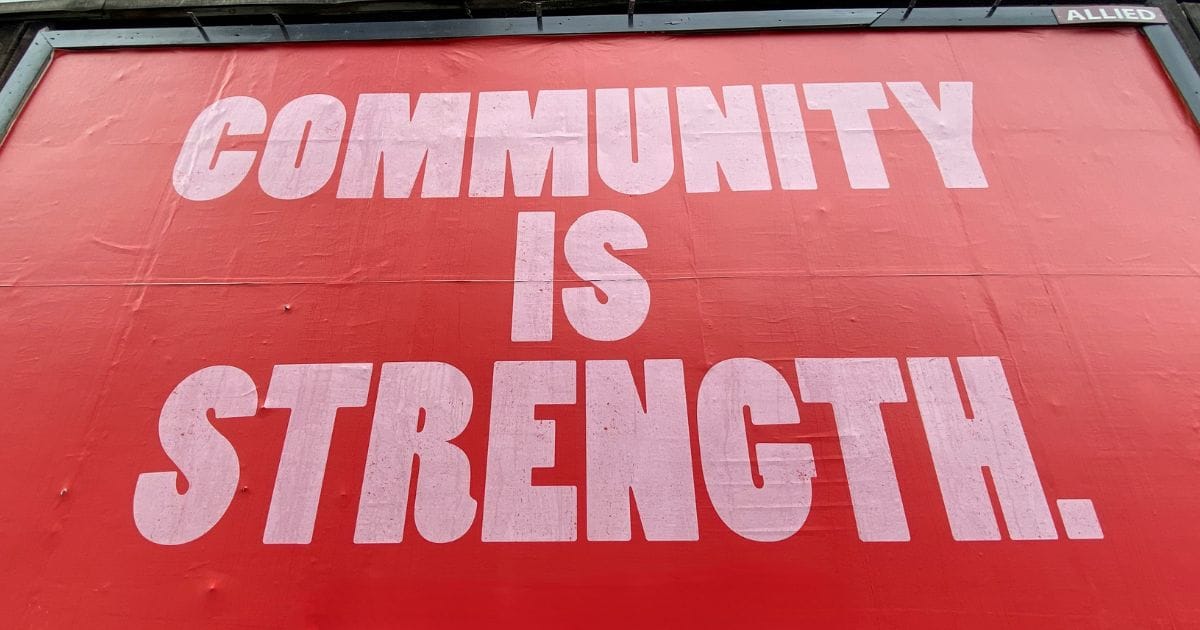
6. Have you ever encountered resistance from a customer or internal stakeholder? If so, how did you handle this?
Aim: This question is an important one. When you ask this, you’re assessing the candidate's conflict resolution and negotiation skills – huge for a potential Head of CS. Depending on the candidate’s response, this question helps identify their approach to managing difficult situations and their ability to maintain positive relationships despite challenges. It also sheds light on their communication style and problem-solving abilities in high-pressure scenarios.
Key skills assessed: Conflict resolution, communication, and problem-solving.
Example answer: "Oh yes. One instance springs to mind: we needed to sunset a legacy feature that a few key customers heavily relied on. To handle this, I first ensured I understood the full context – why we needed to sunset the feature and the exact impact on the affected customers. I then had open, honest conversations with these customers, explaining our reasoning and actively listening to their concerns. Together, we developed a transition plan that included extended support for the legacy feature and additional training on new features that could replace its functionality. Internally, I worked closely with our product team to ensure the transition was as smooth as possible. This approach turned a potentially negative situation into an opportunity to deepen our relationship with these customers."
Follow-up: "Can you provide a specific example of internal resistance and how you managed it without compromising the relationship?”
Resource: How to improve your customer communications

7. We'd like to know a little bit about your customer advocacy program at [Company Name]. Can you talk us through the program and your role in it?
Aim: This question is all about understanding the candidate's experience in developing and managing customer advocacy initiatives. Advocacy can be often overlooked in CS teams, but having experience advocacy can really separate the wheat from the chaffe. Ask this question to evaluate your candidate’s ability to foster strong customer relationships and leverage satisfied customers as advocates. tI also examines their strategic thinking in creating programs that drive customer engagement and loyalty.
Key skills assessed: Customer relationship management, program development, and strategic thinking.
Example answer: "At [Company Name], I spearheaded the development of our customer advocacy program, which we called 'Champions Circle'. The program was designed to recognize and reward our most engaged customers while also leveraging their success stories to drive new business. My role involved designing the program structure, setting up the criteria for membership, and overseeing its implementation. The program included several key components:
- A tiered rewards system based on customer engagement and advocacy activities
- Exclusive access to beta features and direct input into our product roadmap
- Opportunities to speak at our annual user conference and industry events
- A private online community for networking and best practice sharing I worked closely with our marketing team to create case studies and testimonials featuring our Champions. We also developed a referral program where Champions could earn additional rewards for successful referrals. The program was a great success, resulting in a 25% increase in customer referrals and a significant boost in positive reviews on Trustpilot and G2. It also provided invaluable feedback for our product team and helped strengthen our relationships with key accounts."
Follow-up: "What were some challenges you faced in developing this program, and how did you overcome them?"
Resource: Customer Advocacy Certified
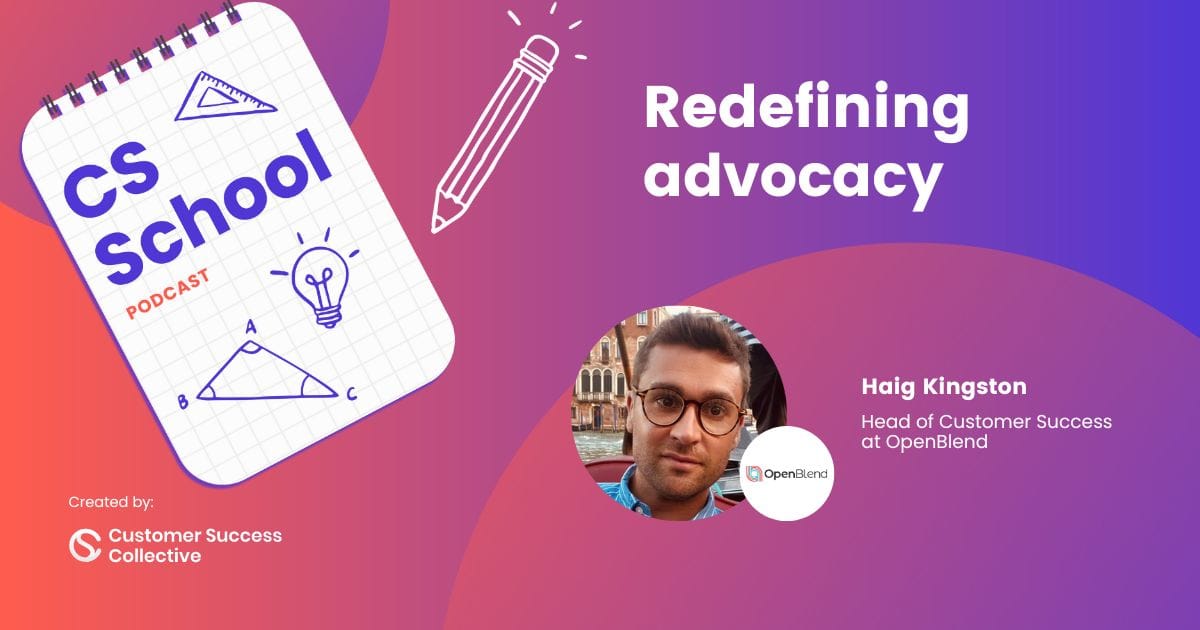
8. At [Company Name], how did you go about managing churn rate? What was your strategy around churn?
Aim: Churn is a biggie and will inevitably come up multiple times in your interview. To assess the candidate's approach to reducing customer churn, this question looks at their ability to implement proactive measures to retain customers. Depending on their answer, it should highlight their use of data to identify at-risk accounts and their problem-solving skills in developing interventions to address potential churn triggers.
Key skills assessed: Customer retention strategies, data analysis, and proactive problem-solving.
Example answer: "We developed a comprehensive health score model to identify at-risk accounts early, implemented a 'rescue program' with personalized outreach, and conducted quarterly business reviews to demonstrate ROI. This proactive approach reduced our churn rate from 12% to 7% over 18 months."
Follow-up: "Can you describe a particularly challenging case of churn and how you addressed it?"
Resource: The State of Customer Churn Report

9. You mention in your resume that at [Company Name], you improved your onboarding process – what did that onboarding look like?
Aim: Suss out your candidate's experience in optimizing customer onboarding with this number! This question evaluates their process improvement skills and their ability to design an onboarding experience that accelerates customer time-to-value. But that’s only the half of it! This question reveals their project management capabilities, too, plus their attention to detail in ensuring a seamless onboarding journey.
Key skills assessed: Process improvement, customer education, and project management.
Example answer: “Our onboarding process includes a welcome email, kick-off call, account setup, customized onboarding plan, training sessions, data migration, configuration, regular check-ins, go-live support, and 30-60-90 day reviews. This approach typically takes 4-6 weeks and significantly improves time-to-value."
Follow-up: "What specific changes did you make to the onboarding process, and what were the results?"
Resource: The State of Customer Onboarding 2023
%20(1)%20(1).jpg)
10. Can you talk us through your role in revenue expansion?
Aim: Ask this to assess your candidate's ability to drive upsells and cross-sells. This question explores their sales acumen within the context of customer success. It looks at their ability to identify growth opportunities, demonstrate value to customers, and collaborate with cross-functional teams to achieve revenue targets.
Key skills assessed: Sales skills, strategic account management, and value demonstration.
Example answer: "I focused on identifying expansion opportunities, demonstrating value through quarterly business reviews, and collaborating with sales and product teams. By developing tailored success plans, we increased our net revenue retention from 110% to 125% over the past year."
Follow-up: "Can you provide an example of a successful cross-sell campaign you led?"
Resource: What is cross-selling?

11. Can you talk us through a really key trend in the feedback you identified at [Company Name], how you closed the loop, and the impact that had on the company?
Aim: You want to stress that at your company, it's vital that there's a clear feedback loop between customer success and product. Ask this question to assess the candidate's ability to facilitate product improvements based on customer feedback. It’ll reveal their cross-functional collaboration skills and their ability to analyze customer feedback to drive product enhancements. What’s more, it also evaluates their impact measurement skills to demonstrate the tangible benefits of their initiatives.
Key skills assessed: Cross-functional collaboration, trend analysis, and impact measurement.
Example answer: "We identified that customers struggled with our reporting feature. By aggregating feedback and collaborating with the product team, we developed a more intuitive 'report builder' feature. This increased usage by 40%, reduced support tickets by 25%, and improved NPS by 15 points."
Follow-up: "Can you share another example of customer feedback leading to a product change?"
Resource: Understanding the customer feedback loop – and why we need to close it
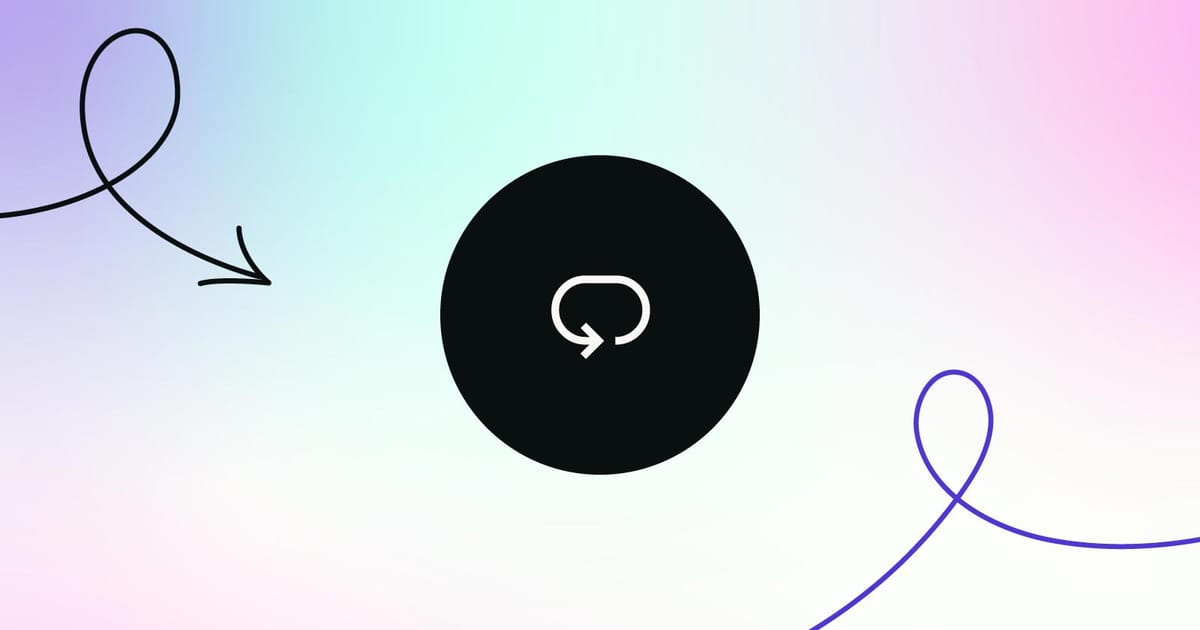
12. From awareness to advocacy, what does your current customer journey look like?
Aim: To assess the candidate's understanding of the full customer lifecycle and their approach to managing it. This question explores their strategic planning skills and their ability to design and manage touchpoints throughout the customer journey. It also looks at its customer-centric mindset in ensuring a seamless and value-driven experience.
Key skills assessed: Customer lifecycle management, strategic planning, and customer-centric thinking.
Example answer: "Our journey includes stages from awareness (marketing efforts) to advocacy (customer referrals). Key stages are consideration (demos, free trials), purchase (smooth onboarding), adoption (training sessions), value realization (quarterly reviews), expansion (upsells), and renewal (timely renewals). We refine this journey based on customer feedback."
Follow-up: "How do you measure success at each stage of the customer journey?"

13. Have you ever encountered internal pushback when sharing customer feedback? If so, how did you handle that?
Aim: This question is a real gem for uncovering how your candidate deals with internal politics. Let's face it, not everyone's always thrilled to hear customer feedback, especially when it means more work! You're looking to see if they can navigate tricky waters, stand their ground when it matters, and still keep everyone playing nice. It's all about finding that sweet spot between being the customer's champion and a team player.
Key skills assessed: Conflict resolution, persuasion, and cross-functional communication.
Example answer: "I encountered pushback when customers requested a feature our product team had decided against. I gathered data, built a strong business case, and secured executive sponsorship. By framing it as a collaborative opportunity, we added the feature to the roadmap, aligning with our technical capabilities."
Follow-up: "Can you describe a situation where internal resistance was particularly challenging and how you overcame it?"
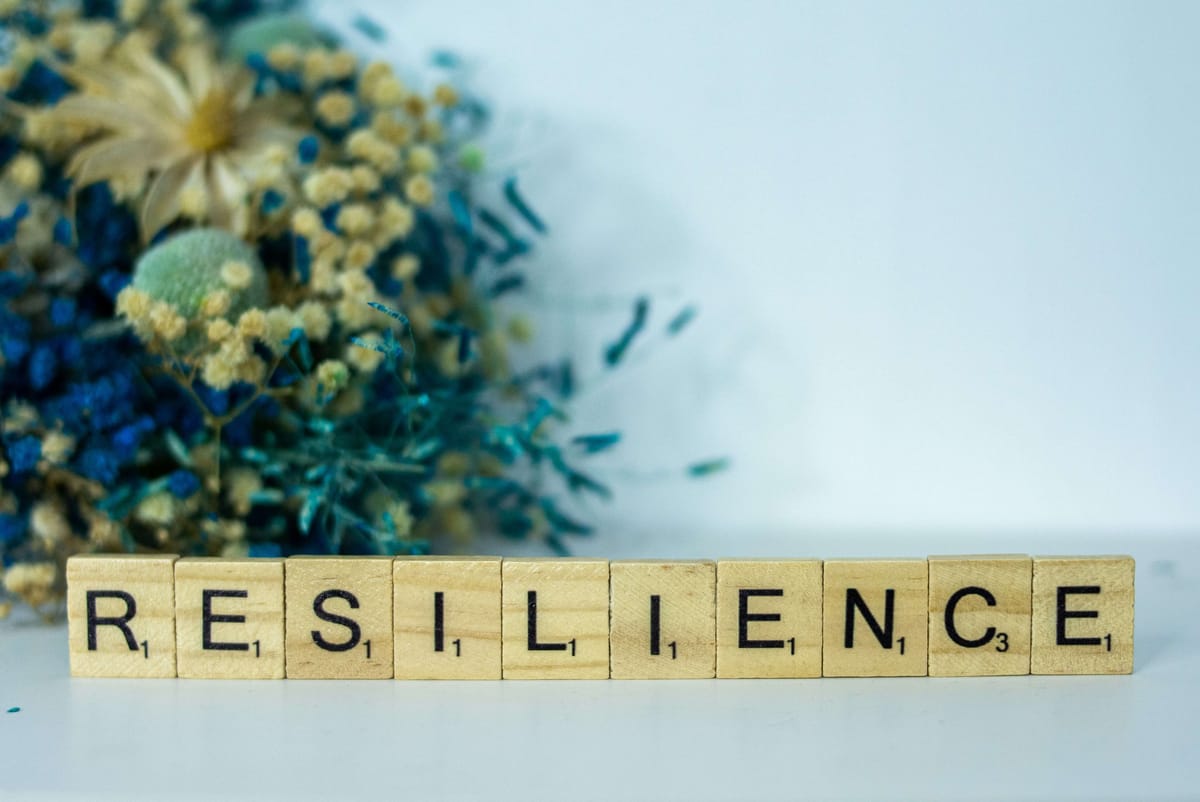
14. What metrics are you measured against?
Aim: Here's where you separate the data-driven pros from the gut-feeling amateurs. This question isn't just about rattling off a list of KPIs – it's about understanding if your candidate really gets what makes a CS team tick. You want to see if they can connect the dots between their day-to-day work and the big-picture stuff that keeps the C-suite happy. Are they strategic thinkers? Can they align their performance metrics with business objectives to achieve desired outcomes?
Key skills assessed: Performance measurement, data-driven decision-making, and strategic thinking.
Example answer: "Key metrics include NRR, customer churn rate, NPS, expansion revenue, customer health score, onboarding completion rate, and customer lifetime value (CLV). We review these metrics monthly and quarterly to drive strategy and identify improvement areas."
Follow-up: "Can you share an example of how you used one of these metrics to drive a strategic decision?"
Resource: What are the go-to KPIs and metrics used in customer success?

15. You mentioned on your resume you have experience in up-sell campaigns. What was your role in this and how do you identify when a customer is ready to be upsold to?
Aim: This one's all about sniffing out those golden opportunities to grow accounts. You're not just looking for a salesperson in disguise - you want someone who can spot when a customer's ripe for an upgrade without coming across as pushy. It's a delicate balance, and how they answer will tell you loads about their approach to customer relationships.
Key skills assessed: Sales skills, customer analysis, strategic thinking
Example answer: "I led up-sell campaigns by identifying opportunities through usage patterns, growth signals, feature requests, and health scores. We focused on demonstrating additional value and providing a strong business case. This approach increased our up-sell success rate by 30%."
Follow-up: "Can you share a successful upsell story and how you approached the customer?"
Resource: 10 upselling best practices every CSM needs to know

16. When it comes to managing email campaigns, at your current company, does CS own all customer comms?
Aim: This question is sneakier than it looks. Sure, you're asking about email campaigns, but what you're really digging for is how well they play with others. In most companies, customer comms is a bit of a hot potato - marketing wants a piece, product needs to chime in, and CS is trying to keep it all customer-friendly. You're looking to see if they can juggle all these competing interests without dropping the ball.
Key skills assessed: Communication planning, cross-functional collaboration, and customer engagement.
Example answer: "At my current company, customer success doesn't own all customer communications, but we play a crucial role in a collaborative approach. We own personalized communications, onboarding sequences, renewal and expansion emails. We work with product for feature updates and marketing for broader campaigns, ensuring consistent, relevant messaging."
Follow-up: "How do you ensure the consistency and relevance of your customer communications?"

17. What change have you made since joining [Company Name] that you're most proud of?
Aim: Here's where you get to see what really makes them tick. This question is less about the specific change they made and more about what they value in their work. Are they all about the numbers? Do they get a kick out of solving gnarly problems? Or maybe they're proudest of building a killer team? Their answer will give you a peek into what kind of leader they'd be in your organization.
Key skills assessed: Leadership, innovation, and problem-solving.
Example answer: "The change I'm most proud of since joining [Company Name] is the implementation of a proactive customer health monitoring system. When I joined, we were largely reactive to customer issues, often addressing problems only after they had escalated. This system included a comprehensive health score, real-time monitoring, alerts, and playbooks. This reduced churn by 30%, increased expansion revenue by 25%, and improved NPS scores by 20%. It shifted us from the bowels of reactivity to the lofty heights of proactive customer management."
Follow-up: "Can you describe another significant change you implemented and its impact?"
%20(1).jpg)
18. What are the hallmarks of a healthy customer at [Company Name]?
Aim: This one's a bit of a Rorschach test for CS pros. There's no one-size-fits-all answer, but how they respond will tell you volumes about their CS philosophy. Are they all about usage metrics? NPS scores? Or do they have a more holistic view? You're looking for someone who can paint a clear picture of what success looks like for your customers.
Key skills assessed: Customer analysis, success metrics, and strategic thinking.
Example answer: "Healthy customers show consistent product usage, wide feature adoption, engagement with our team, timely renewals, expansion over time, positive feedback, quick issue resolution, and achievement of success metrics. We track these indicators through product analytics, customer interactions, and regular health check assessments."
Follow-up: "How do you address potential issues when you notice a customer's health is declining?"
Resource: The customer health score: How to master this metric
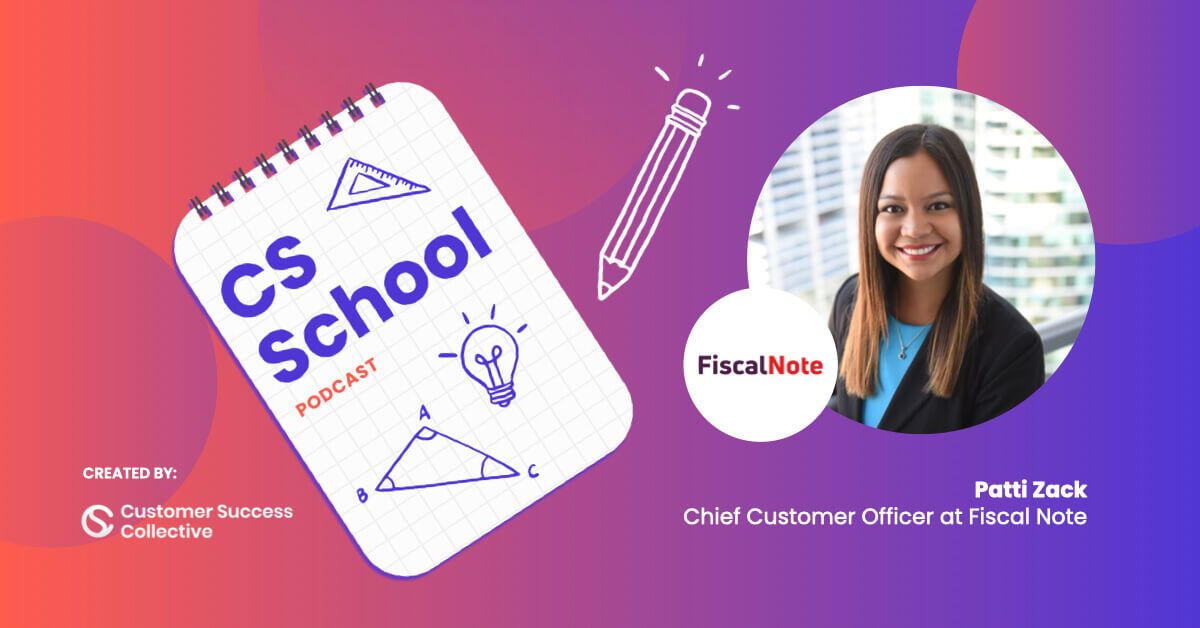
19. What kind of training and onboarding videos were you creating?
Aim: Don't be fooled – this isn't just about their video production skills. What you're really after is their approach to getting customers up to speed and keeping them engaged. A solid answer here shows they understand the importance of continuous education in driving adoption and preventing churn. Plus, it'll give you an idea of how creative they can get when it comes to keeping customers in the loop.
Key skills assessed: Content creation, customer education, and product knowledge.
Example answer: "In my current role, I've been heavily involved in creating a comprehensive suite of training and onboarding videos to enhance our customer education process. These included product overviews, feature-specific tutorials, use case scenarios, best practices, admin setup guides, update announcements, and interactive tutorials. These videos reduced time-to-value for new customers and decreased support load."
Follow-up: "How do you measure the effectiveness of your training and onboarding videos?"
Give your career the Exec+ treatment
Leadership can be a tough spot in terms of finding the right resources to support your development. Where do you turn when you need to chew the fat with peers who've walked that walk? How do you stay on top of the latest insights? Where are you able to discuss the real-world challenges of leading a team or organization? We’ll let you in on a not-so-well-kept secret: our Exec+ membership includes all of this and more!
This is the place to network, share experiences, and get the support you need to lead with confidence and champion success.
Do you thrive on crafting game-changing strategies? Are you looking to stay ahead of the latest CS trends? Want to forge invaluable connections with the crème de la crème of CS?
We’ve got your back. You can do all that and more with your Exec+ membership.




